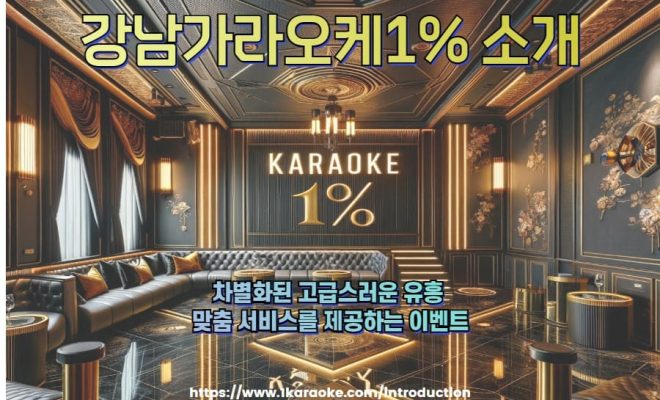The Evolution and Benefits of LED Ceiling Strips

In the realm of interior design and architectural lighting, innovation continues to transform the way we perceive and experience spaces. Among the latest trends that have gained immense popularity is the utilization of LED ceiling strips. These sleek, versatile, and energy-efficient lighting solutions have redefined the aesthetics of indoor spaces while offering numerous practical advantages. This article delves into the evolution, benefits, and applications of LED ceiling strips in modern design.
Evolution of LED Ceiling Strips: The inception of Light Emitting Diodes (LEDs) marked a significant milestone in the lighting industry. Initially, LEDs were mainly used for indicators and display purposes due to their small size and low power consumption. Over time, advancements in LED technology led to increased brightness, better color rendering, and improved energy efficiency. These developments paved the way for their application in ambient lighting, accent lighting, and decorative illumination.
The concept of LED ceiling strips emerged as a creative response to the limitations of conventional lighting fixtures. Traditional fixtures often had a fixed form factor and directional light emission, restricting designers’ ability to achieve innovative lighting designs. LED ceiling strips, however, are flexible and can be easily integrated into various architectural elements, allowing designers to create dynamic and visually appealing lighting schemes.
Benefits of LED Ceiling Strips:
- Aesthetic Versatility: LED ceiling strips come in various lengths, colors, and profiles, making them highly adaptable to different design styles. They can be concealed within architectural details, mounted on surfaces, or suspended, enabling designers to achieve subtle or dramatic lighting effects.
- Space Enhancement: The even and diffuse illumination produced by LED ceiling strips can make spaces appear larger and more inviting. They eliminate harsh shadows and create a sense of continuity, contributing to a visually cohesive environment.
- Energy Efficiency: LEDs are renowned for their energy efficiency, consuming significantly less electricity than traditional incandescent or fluorescent lights. This efficiency translates into lower energy bills and reduced environmental impact.
- Longevity: LED lighting boasts an impressive lifespan, often lasting tens of thousands of hours before needing replacement. This durability minimizes maintenance efforts and costs.
- Customization and Control: LED ceiling strips can be dimmed, color-adjusted, and even programmed to change hues dynamically. This level of control allows designers to adapt the lighting atmosphere to suit various activities or moods.
- Low Heat Emission: Unlike traditional lighting options that emit substantial heat, LEDs produce very little heat. This quality makes them safer to use and minimizes the risk of fire hazards.
Applications of LED Ceiling Strips: The versatile nature of LED ceiling strips opens up a plethora of applications across various settings:
- Residential Spaces: LED ceiling strips can enhance living rooms, kitchens, and bedrooms by providing subtle and inviting illumination. They can be tucked within coves, along edges, or even under furniture to create a sense of warmth and sophistication.
- Commercial Establishments: Retail stores, restaurants, and hotels often use LED ceiling strips to highlight merchandise, define spaces, and set the desired ambiance. The ability to adjust color and intensity makes them invaluable in creating different atmospheres for different times of the day or occasions.
- Office Environments: LED ceiling strips can improve workspace aesthetics and ergonomics. They can be integrated into suspended panels or used to delineate functional zones within an open office layout.
- Architectural Features: LED ceiling strips can emphasize architectural elements such as beams, columns, and arches, turning them into eye-catching focal points.
- Entertainment Spaces: In entertainment venues like theaters or home media rooms, LED ceiling strips can be used to create immersive lighting effects that complement audiovisual experiences.
In Conclusion: LED ceiling strips represent a harmonious fusion of functionality and aesthetics in modern lighting design. Their adaptability, energy efficiency, and potential for creative expression have propelled them into the forefront of interior design trends. As LED technology continues to evolve, we can anticipate even more innovative applications that will further transform how we illuminate and experience our built environments. Whether in residential, commercial, or architectural settings, LED ceiling strips have undoubtedly reshaped the way we perceive and interact with spaces.
















